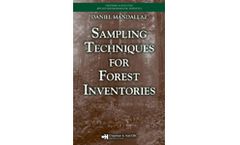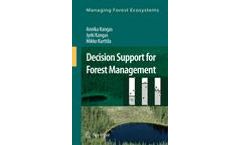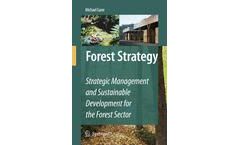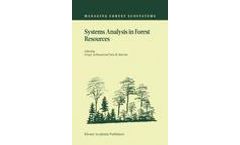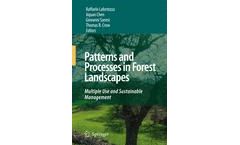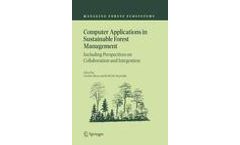forest-planning books
8 books found
Most of the scientific methods devised for forest planning support timber production ignoring the existence of forest functions other than wood production. Fortunately, the realisation that the forest planning methods available today do not correspond to the needs of today's forestry has activated ...
Due to the long-term planning horizons and the great variety of natural, economic, and operational hazards affecting forest ecosystems, uncertainty and multiple risk are typical aspects of forest management. Applications of risk analysis are surprisingly rare, in spite of the rich assortment of sophisticated forest ...
Sound forest management planning requires cost-efficient approaches to optimally utilize given resources. Emphasizing the mathematical and statistical features of forest sampling to assess classical dendrometrical quantities, Sampling Techniques for Forest Inventories presents the statistical concepts and tools needed to conduct ...
The goal of Kangas, Kangas and Kurttila's Decision Support for Forest Management is to provide students and researchers with a toolbox of methods for approaching the different planning situations that may arise in practice. It draws together a wide range of methods used in planning forest management regimes and presents a ...
Michael Gane’s ground-breaking Forest Strategy combines detailed analysis of the forest sector with modern strategic management principles to develop a vision for sustainable forest management which is both practical and theoretically robust. In the past, lack of understanding at the nexus between the forest sector on the one hand and strategic management on the other, has led to failures in many ...
Systems analysis in forestry has continued to advance in sophistication and diversity of application over the last few decades. The papers in this volume were presented at the eighth symposium in the foremost conference series worldwide in this subject area. Techniques presented include optimization and simulation modelling, decision support systems, alternative planning techniques, and spatial ...
Increasing evidence suggests that the composition and spatial configuration – the pattern – of forest landscapes affect many ecological processes, including the movement and persistence of particular species, the susceptibility and spread of disturbances such as fires or pest outbreaks, and the redistribution of matter and nutrients. Understanding these issues is key to the successful management ...
Forests provide goods and services essential to human societies and the natural environment, but they are disappearing faster today than ever before. What should forestry do in the information era? How can we use computer technologies to better manage forests in a sustainable manner? Computer Applications in Sustainable Forest Management provides critical information needed for forestry ...



